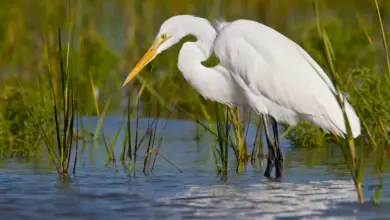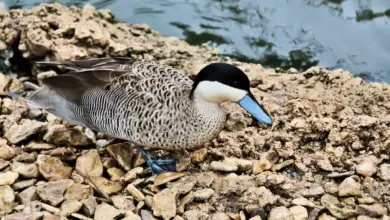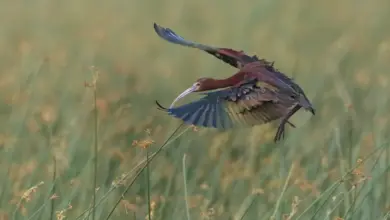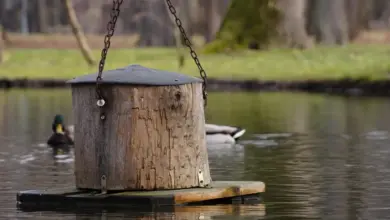The Plumbeous Ibises (Theristicus caerulescens) are South American ibises.
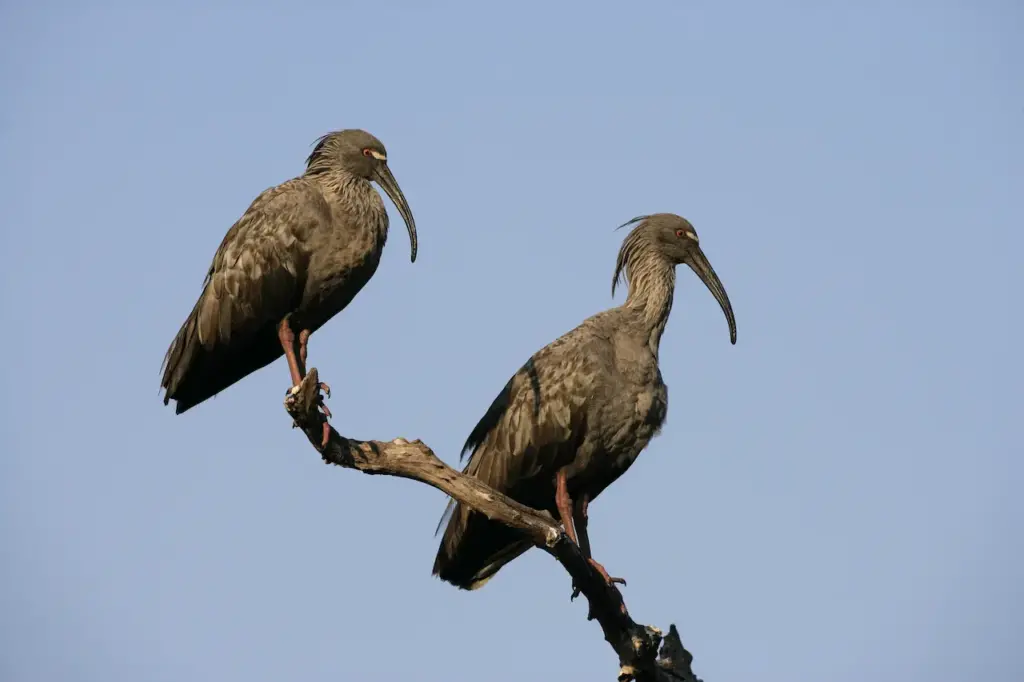
Ibises resemble herons and share many of their habitats and behavioral traits, but unlike herons, ibises fly with necks outstretched and often in V-formation.
Distribution / Range
Plumbeous Irises are fairly common in parts of their range, which extends from central South America to south-central and south-eastern Brazil, eastern and northern Bolivia, Paraguay, Uruguay and northern Argentina.
They inhabit grassland, savanna, fields and marshes.
They are usually seen alone or in pairs.
Description
This distinctive ibis has a mostly grey plumage with a white band on the forehead and long plumes on the nape and neck. The bill is blackish and the legs are reddish.
Diet / Feeding
Ibises mostly feed in shallow waters on aquatic insects, mollusks, frogs, and food sifted from the water surface.
Their diet also includes insects caught on land, as well as lizards, worms, skinks, and other small reptiles.

Breeding
Most breeding activities are observed after the rainy season, when plenty of food is available.
They typically nest in colonies, often with other water birds.
The nests are shallow cup-shaped platforms of sticks, grasses or reeds that are typically situated on trees near a body of water, such as rivers, swamps or lakes. Although some ibises also make their nest amongst rocks and on cliffs,
The average clutch consists of 2 – 4 eggs. The nests are often reused year-after-year.
Species Research by Sibylle Johnson
Please Note: The articles or images on this page are the sole property of the authors or photographers. Please contact them directly with respect to any copyright or licensing questions. Thank you.


